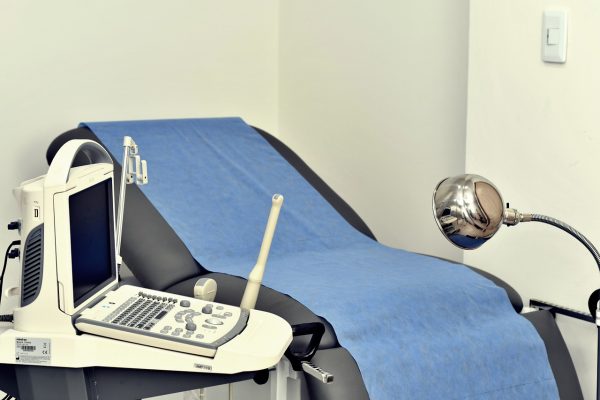
Across the country, state legislatures are passing laws to decrease access to abortion. These legal barriers to abortion highlight the importance of geography to abortion access with access to abortion care varying dramatically according to state laws. New research from Orlaith Heymann and collaborators explores how people select clinics for abortion care when faced with limited choices.
The researchers interviewed forty-one people seeking abortions in cities in and around Ohio, a state with abortion laws that leave more than ninety percent of the state without access to abortion care. Heymann and colleagues invited people to interviews who already had appointments scheduled at abortion clinics, meaning their participants had already overcome many of the legal and economic barriers to accessing care.
They found that, in seeking abortion care, people sought to minimize the risks associated with abortion which is stigmatized and viewed as shameful, lonely, impersonal, and unsafe. Interviewees sought abortion clinics that felt safe, friendly, and comfortable. In doing so, participants drew on their personal experiences receiving abortions and other reproductive healthcare or the experiences of their friends and family members. Interviewees also relied on publicly available information like online reviews and the reputation of national organizations.Public information like online reviews were a particularly important source of information for study participants who felt uncomfortable asking friends and family for guidance because of the stigmatized nature of abortion care. Some participants also sought clinics in far away neighborhoods in order to avoid being seen or recognized. These respondents used online information to assess whether or not these neighborhoods were safe, hoping to avoid areas that felt unsafe or risky.
Heymann and colleagues’ work is a reminder that even those that have overcome barriers to accessing abortion did so while figuring out how to minimize the risk of getting care and in hope of having a positive and safe experience.

Comments